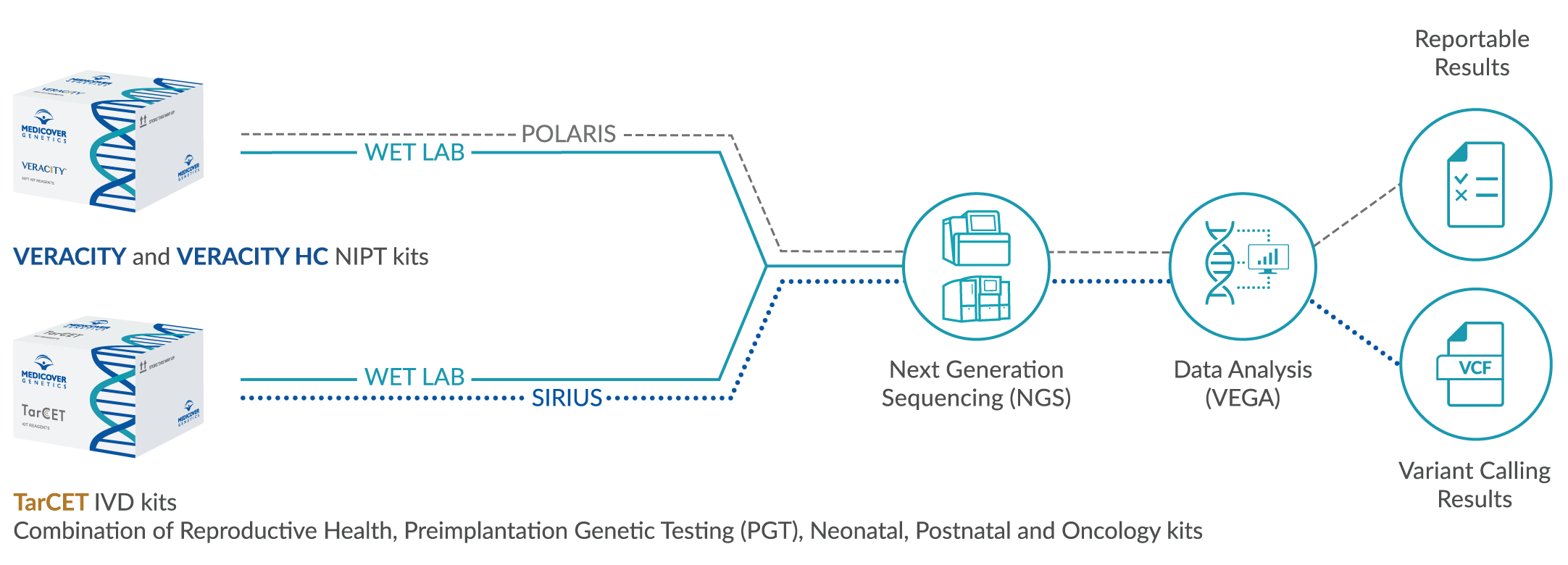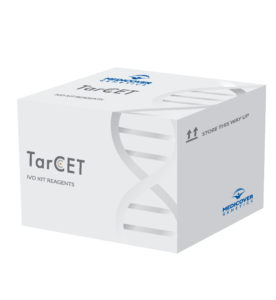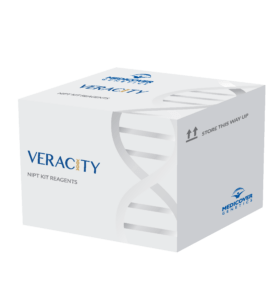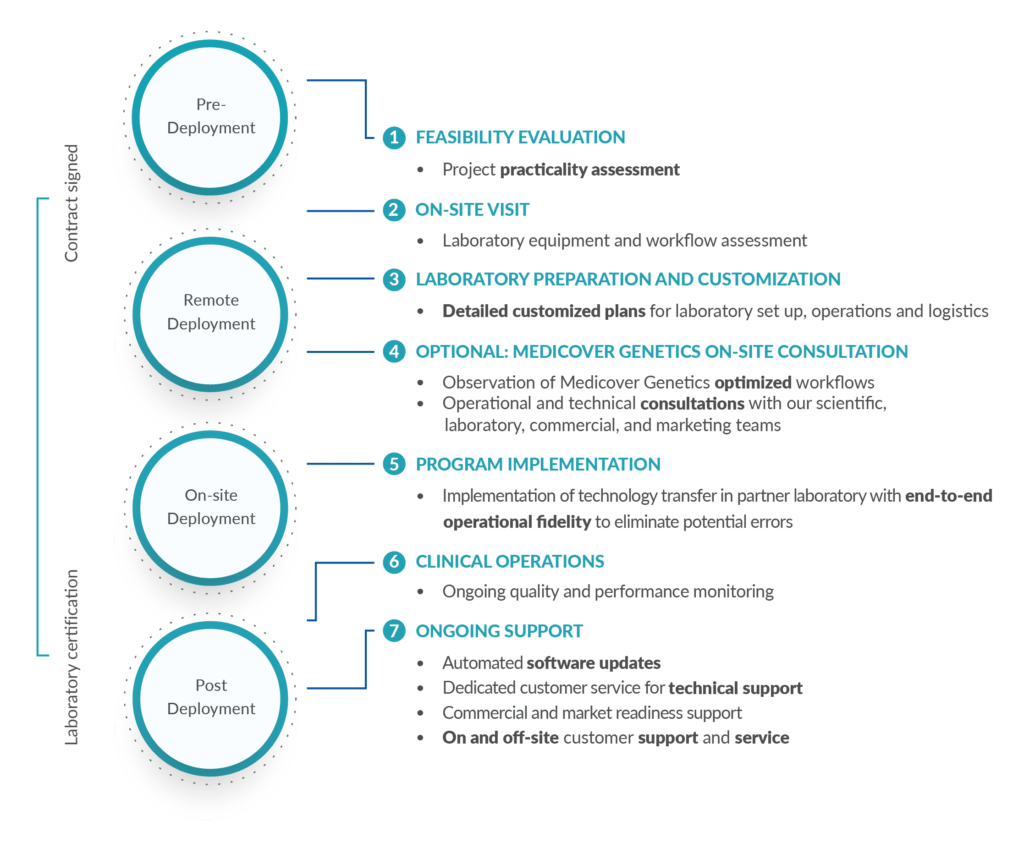Neurodevelopmental disorders (NDDs) have diverse genetic origins, making diagnosis challenging. A new study analyzing over 1,100 pediatric patients found that trio-exome sequencing (trio-ES) identified both single-nucleotide variations (SNVs) and copy number variants (CNVs), achieving a 46.1% diagnostic yield. Notably, trio-ES detected small CNVs that traditional methods might miss, highlighting its value in genetic testing. These findings reinforce the clinical utility of trio-ES for improving diagnostic precision in children with NDDs, enabling better-informed patient care and management. Read more about this under Article 1 below.
Contents
- Article 1: Diagnostic utility of trio–exome sequencing for children with neurodevelopmental disorders
- Article 2: High-throughput screening of human genetic variants by pooled prime editing
- Article 3: Spatially resolved mapping of cells associated with human complex traits
- Article 4: Proteome-wide assessment of differential missense variant clustering in neurodevelopmental disorders and cancer
- Article 5: Low frequency of structured documentation for cancer genetic testing in a large electronic health record dataset: A brief report using All of Us Research data
- References
Article 1: Diagnostic utility of trio–exome sequencing for children with neurodevelopmental disorders
A study of 1,106 pediatric patients with neurodevelopmental disorders found that trio-exome sequencing, which detects both single-nucleotide variants (SNVs) and copy number variants (CNVs), achieved a 46.1% diagnostic yield. This approach enhances genetic testing by identifying small CNVs and recessive conditions, improving diagnostic accuracy in clinical practice. Read the full article here.
In summary: Trio-exome sequencing improves pediatric neurodevelopmental disorder diagnosis
Article 2: High-throughput screening of human genetic variants by pooled prime editing
A new prime editing platform enables large-scale functional testing of human genetic variants in their natural genomic context. Using improved editing efficiency and selection strategies, researchers identified novel loss-of-function variants in SMARCB1 and MLH1. This approach enhances the discovery of pathogenic variants in both coding and non-coding regions. Read the full article here.
In summary: Prime editing enables large-scale genetic variant testing
Article 3: Spatially resolved mapping of cells associated with human complex traits
A new method, gsMap, integrates spatial transcriptomics with genetic data to map disease-associated cells. Applied to brain disorders, it reveals that schizophrenia-related neurons are spatially distinct from depression-related ones, highlighting differences in gene expression. This approach enhances understanding of disease pathology through spatially resolved genetic insights. Read the full article here.
In summary: gsMap maps disease cells for better brain disorder insights
Article 4: Proteome-wide assessment of differential missense variant clustering in neurodevelopmental disorders and cancer
Researchers analyzed genetic variants in 3D protein structures, identifying 37 proteins with distinct missense mutation clustering in neurodevelopmental disorders (NDDs) and cancer. This method enhances understanding of shared disease mechanisms and may inform future prognostic and therapeutic strategies. Read the full article here.
In summary: Missense variant clustering linked to neurodevelopmental disorders and cancer
Article 5: Low frequency of structured documentation for cancer genetic testing in a large electronic health record dataset: A brief report using All of Us Research data
Despite guidelines recommending genetic testing for many cancer patients, completion rates remain low. A study using the All of Us database found only 281 out of 60,135 eligible individuals had documented genetic tests. Improved genetic data standardization in electronic health records is crucial for better access and research advancements. Read the full article here.
In summary: Low genetic testing documentation for cancer in electronic records
References
[1] Lan, X., Tang, X., Weng, W., Xu, W., Song, X., Yang, Y., Sun, H., Ye, H., Zhang, H., Yu, G., & Wu, S. (2025). Diagnostic Utility of Trio-Exome Sequencing for Children With Neurodevelopmental Disorders. JAMA network open, 8(3), e251807. https://doi.org/10.1001/jamanetworkopen.2025.1807
[2] Herger, M., Kajba, C. M., Buckley, M., Cunha, A., Strom, M., & Findlay, G. M. (2025). High-throughput screening of human genetic variants by pooled prime editing. Cell genomics, 100814. Advance online publication. https://doi.org/10.1016/j.xgen.2025.100814
[3] Song, L., Chen, W., Hou, J., Guo, M., & Yang, J. (2025). Spatially resolved mapping of cells associated with human complex traits. Nature, 10.1038/s41586-025-08757-x. Advance online publication. https://doi.org/10.1038/s41586-025-08757-x
[4] Ng, J. K., Chen, Y., Akinwe, T. M., Heins, H. B., Mehinovic, E., Chang, Y., Gutmann, D. H., Gurnett, C. A., Payne, Z. L., Manuel, J. G., Karchin, R., & Turner, T. N. (2025). Proteome-wide assessment of differential missense variant clustering in neurodevelopmental disorders and cancer. Cell genomics, 100807. Advance online publication. https://doi.org/10.1016/j.xgen.2025.100807
[5] Underhill, M. L., Li, X., Shah, J., & Dreisbach, C. (2025). Low frequency of structured documentation for cancer genetic testing in a large electronic health record dataset: A brief report using All of Us Research data. Journal of genetic counseling, 34(2), e2011. https://doi.org/10.1002/jgc4.2011
















